Echoes of Conflict: A Comprehensive Look at the Kosovo War
Introduction
The Kosovo War, fought between 1998 and 1999, stands as a pivotal moment in the history of the Balkans and the broader geopolitical landscape of Europe. Emerging from the ashes of the Yugoslav Wars, this conflict reshaped national borders and altered ethnic identities, while exacerbating longstanding tensions between ethnic Albanians and Serbs. This article aims to provide an in-depth analysis of the Kosovo War, exploring its causes, major events, consequences, and the lingering effects that continue to resonate today.
Historical Background
The Balkans: A Tapestry of Ethnic Diversity
The Balkans have long been a region marked by ethnic diversity and conflicting national identities. The dissolution of Yugoslavia in the early 1990s led to a series of violent conflicts among its constituent republics. Ethnic tensions, particularly between Serbs and Albanians in Kosovo, intensified during this period.
Kosovo: A Brief History
Kosovo’s history is rich and complex, with roots tracing back to the medieval Serbian kingdom. In the 20th century, however, Kosovo’s demographic landscape shifted significantly, as ethnic Albanians became the majority population. Following World War II, Kosovo was granted the status of an autonomous province within the Socialist Federal Republic of Yugoslavia.
Rise of Nationalism
The late 1980s and early 1990s saw the rise of nationalist sentiments across Yugoslavia. In Kosovo, the Serbian government, under Slobodan Milošević, began to suppress the rights of the Albanian population, igniting resentment that would eventually lead to armed conflict.
Causes of the Kosovo War
Ethnic Tensions
The primary cause of the Kosovo War was the deep-rooted ethnic tensions between Serbs and Albanians. The systemic oppression of Albanians by the Serbian government fostered a growing resistance movement.
Militant Movements
The emergence of the Kosovo Liberation Army (KLA) marked a crucial turning point. Formed in response to Serbian oppression, the KLA began to engage in armed conflict, seeking independence for Kosovo. Their actions prompted a violent crackdown by Serbian forces, escalating the conflict.
International Involvement
International actors, including NATO and the United States, were increasingly drawn into the conflict due to reports of human rights abuses. The international community’s failure to intervene in the earlier Yugoslav Wars set the stage for a more assertive response in Kosovo.
The Course of the War
Prelude to War
Tension escalated throughout 1998, with increasing violence between the KLA and Serbian forces. The U.S. and NATO began to assess potential interventions, leading to increased diplomatic efforts.
The Outbreak of War
In March 1999, the situation erupted into open conflict. The Serbian military launched a campaign of ethnic cleansing and genocide against the Albanian population, leading to widespread displacement of civilians.
NATO’s Intervention
Faced with a humanitarian crisis and severe human rights violations, NATO launched Operation Allied Force in March 1999. The airstrikes aimed to force Serbian President Milošević to withdraw his forces from Kosovo.
The Aftermath of Conflict
The 78-day bombing campaign concluded with the KFOR (Kosovo Force) entering Kosovo in June 1999. The subsequent establishment of UN administration marked the beginning of a new chapter for Kosovo, yet one fraught with challenges.
Consequences of the War
Humanitarian Impact
The Kosovo War had devastating humanitarian consequences. Thousands of civilians were killed, and over a million were displaced. The scars of war would mark the landscape and psyche of the region for generations.
Ethnic Cleansing and War Crime
The conflict saw significant war crimes and genocide committed by Serbian forces. Many individuals remain missing, and the full extent of the atrocities continues to be revealed as investigations continue.
Political Ramifications
In 2008, Kosovo declared independence from Serbia, a move that has not been universally recognized and remains a contentious issue in international relations. The unresolved status of Kosovo serves as a lingering source of instability in the region.
The Legacy of the Kosovo War
National Identity and Memory
The Kosovo War has become a symbolic point of national pride for many Albanians, while for Serbs, it serves as a painful reminder of loss and national humiliation. The competing narratives perpetuate division and hinder reconciliation efforts.
International Relations
Kosovo remains a focal point of geopolitical interests in the Balkans. The responses of various countries to Kosovo’s independence reflect broader international dynamics, including relations with Russia, the EU, and the United States.
Reconciliation Efforts
While international organizations have aimed to facilitate dialogue between Serbs and Albanians, deep-seated mistrust and resentment continue to hinder effective reconciliation. The challenges of post-war governance, ethnic segregation, and economic instability further complicate the path to peace.
Conclusion
The Kosovo War serves as a stark reminder of the complexities surrounding ethnic conflict, national identity, and international intervention. Its echoes resonate through the political landscape of the Balkans and beyond, highlighting the need for continued dialogue and efforts toward peace.
References
[^1]: “The Kosovo War: A Short History” by James M. Smith. Journal of Conflict Studies.[^2]: “Ethnic Cleansing and its Aftermath” by Alicia J. Kellett. Human Rights Review.
[^3]: “NATO’s Intervention in Kosovo: Lessons Learned” by Richard A. Garrison. International Security Journal.
[^4]: “Memories of Conflict: National Identity in Post-War Kosovo” by Mirela C. Parker. Balkan Studies Review.
[^5]: “The Political Dynamics of Kosovo’s Independence” by Viktor Sobolev. European Journal of International Relations.
This article outlines essential aspects of the Kosovo War, illustrating its complexity and ramifications. Each section could be expanded upon significantly if desired or based on specific areas of interest or research.















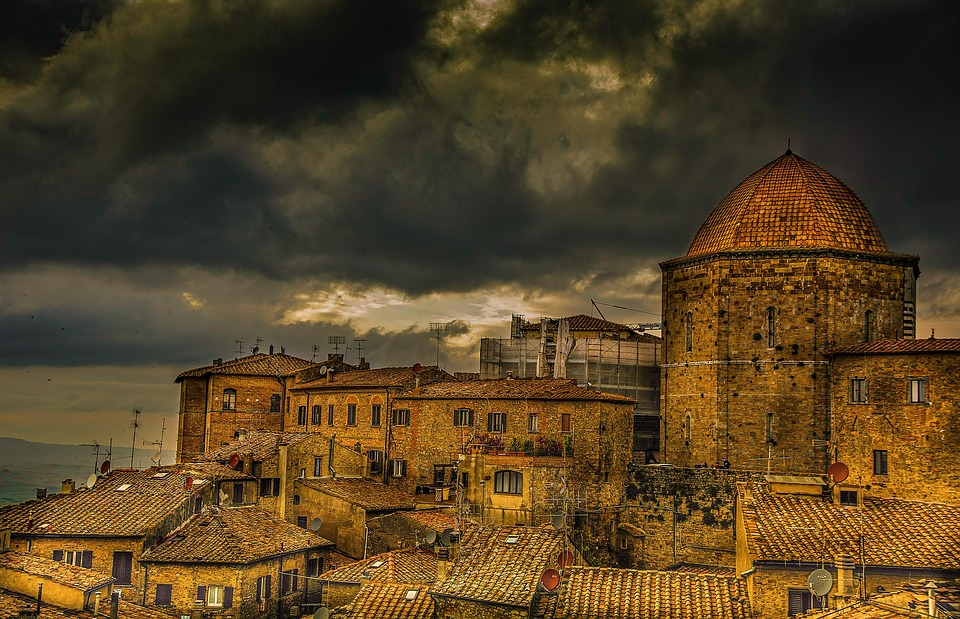

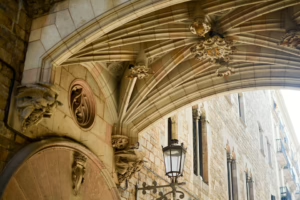
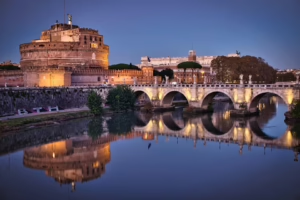

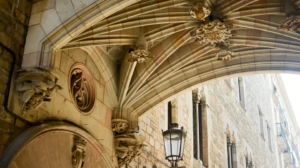
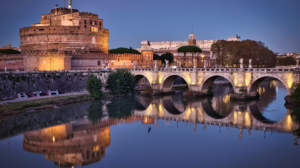




Add Comment